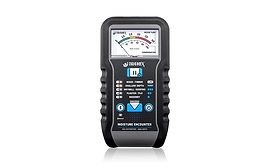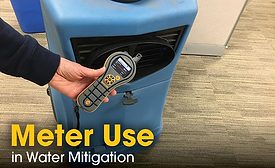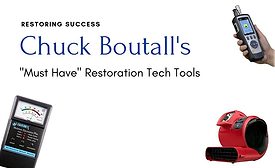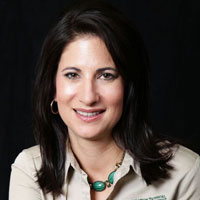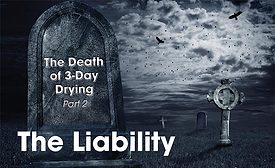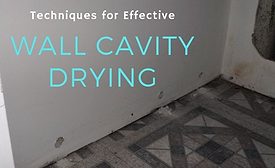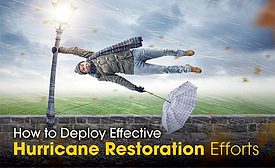Water Damage Restoration
Top Tips for Moisture Meter Use in Water Mitigation
The ANSI/IICRC S500 and Meters – What is Standard of Care?
Read More
The Death of 3-Day Drying
Time for the restoration industry to adopt stabilization protocols, and embrace restorative drying.
Read More
How to Deploy Effective Hurricane Restoration Efforts
As hurricane season approaches, restoration and remediation professionals should brush up on proper techniques for effective disinfection and decontamination of water-damaged interiors.
Read More
Stay ahead of the curve with our eNewsletters.
Get the latest industry updates tailored your way.
JOIN TODAY!Copyright ©2024. All Rights Reserved BNP Media.
Design, CMS, Hosting & Web Development :: ePublishing
